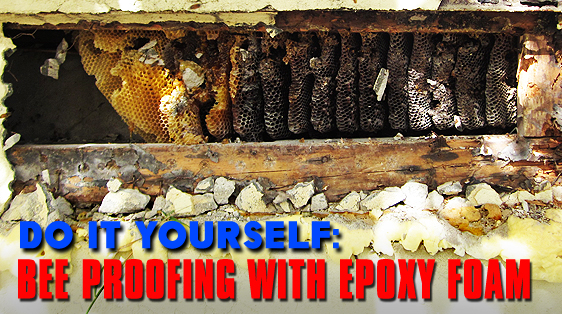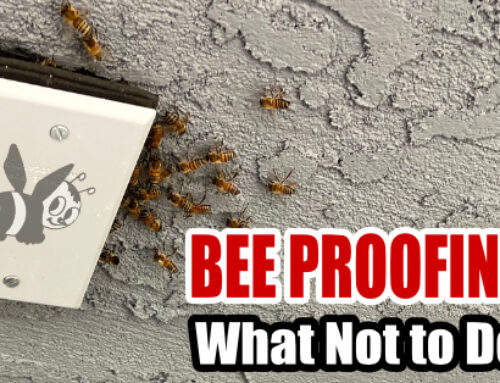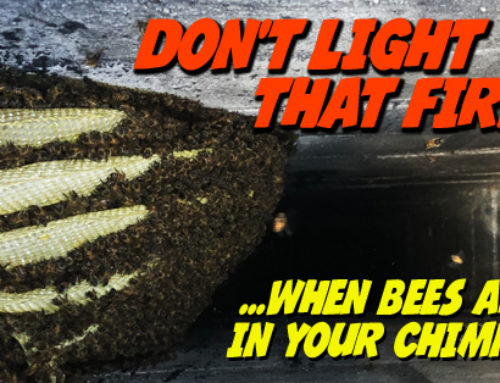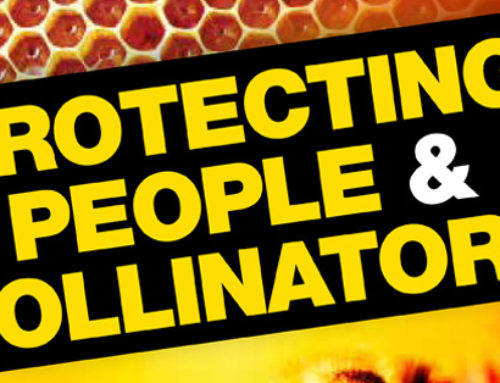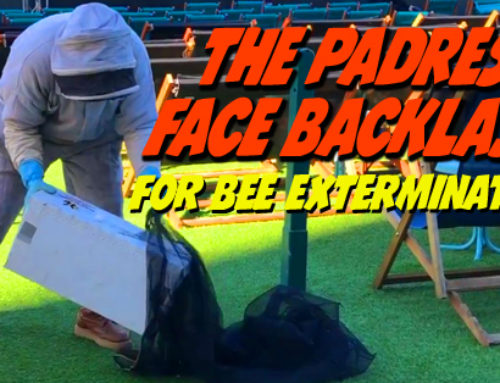One of the more common questions we get here at Bee Best Bee Removal is “How can I prevent bees from getting into my house?”.
There are many different ways a swarm of bees can enter the structure of your home. The most common ways are through the chimney, vents, attic ventilation holes, and cracks or gaps in stucco, wood, and brick walls.
Basically any hole, crack, or gap that is larger than an 3/8 of an inch or larger is susceptible to bees invading. It’s a big problem, especially since most homes are built with standard screen which is 1/4 inch.
The best way to prevent bees from getting inside a structure is to add “bee exclusions” or “bee proofing” to all the gaps, vents, and holes on the structure. Below are the two of the best types of bee proofing:
- Screen: 1/8 of an inch galvanized metal screen. 1/4 inch is too large. The bees will slip right through.
- Silicone: 100% siliconized without latex works best. Clear silicone is ideal because it dries clear and you don’t have to worry about it matching the paint or other surface.
One thing we run into while out in the field is people trying to use epoxy (expanding) foam.
In theory you would think that expanding foam would solve the problem. It wont. The bees can eat right through it. You see, after a while, the weather and sun exposure will start to break it down. Once the material begins to decay, bees can easily regain entrance to the original gap or hole. Also it just looks tacky. Take a look at the picture below and you will see what a mess is created when you try to seal up holes with epoxy foam.
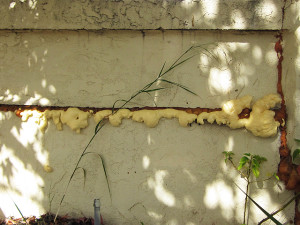
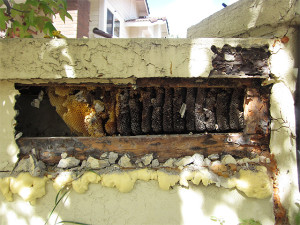
The photos above are just one example of many where people try to seal off holes with epoxy foam to keep out bees. It’s one of the biggest myths and most common mistakes that other pest control companies and homeowners make when trying to exclude bees.
If there is one thing you take away from this article, let it be this: Epoxy foam is never a good bee proofing solution!

